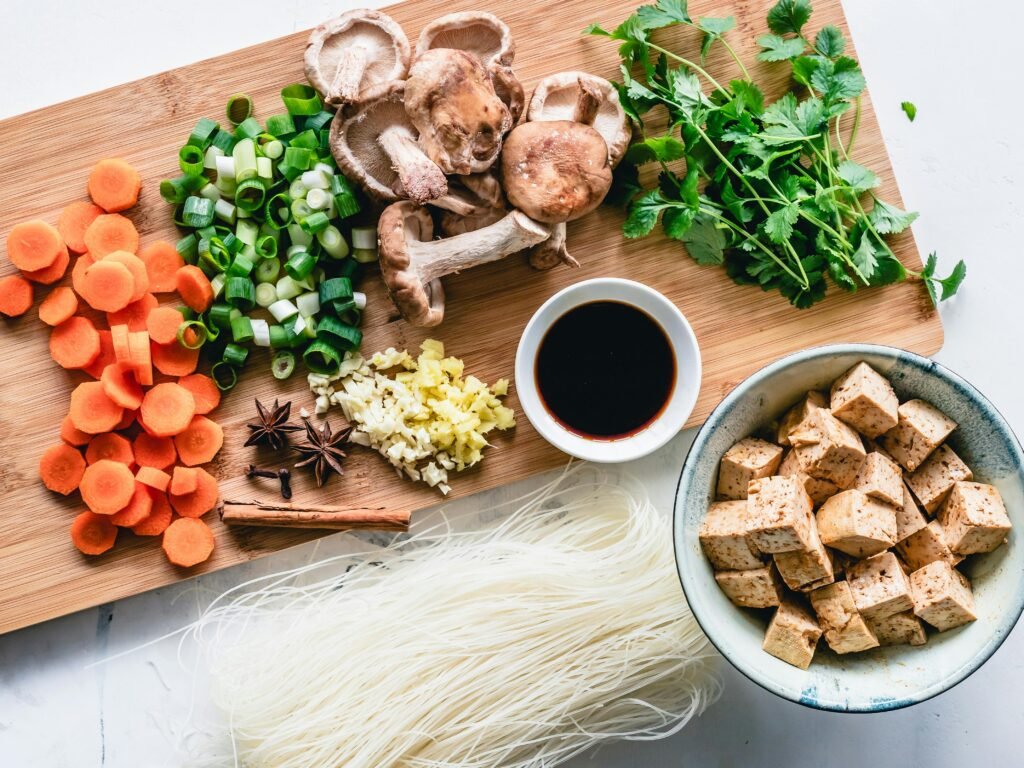Every year, heart disease claims millions of lives — often without warning. While many blame stress, lack of exercise, or genetics, cardiologists are now pointing to something far more routine and overlooked: our daily food habits.
In a recent interview, a leading cardiologist shared the subtle yet dangerous dietary patterns that could be increasing your risk of heart attack, even if you feel healthy today. Surprisingly, many of these habits are common in Indian kitchens and global diets alike. The doctor’s biggest advice? “Eat more fibre.” But there’s more to unpack.
1. The Silent Impact of Diet on Heart Health
Heart disease doesn’t start with chest pain. It begins with small, consistent choices — like the type of oil you use, how often you snack, and whether you’ve eaten a vegetable today.
Modern diets are filled with:
- Processed foods
- Refined sugars
- Low fibre intake
- High sodium (salt) consumption
- Frequent fried snacks
While each of these may seem harmless in isolation, they create a dangerous pattern when repeated daily. Over time, arteries become inflamed, cholesterol builds up, and blood pressure rises — silently setting the stage for cardiovascular problems.
2. Top Food Habits Cardiologists Warn Against
Let’s break down the key food habits that cardiologists say increase heart attack risk — especially when left unchecked.
A. Skipping Fibre
Salt hides in more places than your salt shaker — from namkeens to instant noodles.
Too much sodium leads to high blood pressure, which increases the load on your heart.

Most people consume less than 50% of their recommended daily fibre.
Fibre lowers bad cholesterol (LDL), helps control blood sugar, and promotes gut health — all of which are critical for heart health.
“If I could change one thing in my patients’ diet, it would be getting them to eat more fibre,” said a senior cardiologist from AIIMS.
Sources of heart-friendly fibre:
- Oats
- Lentils (dal)
- Leafy greens
- Fruits with skin (apples, pears)
- Nuts and seeds
B. High Sodium, Especially in Packaged Foods

Samosas, pakoras, chips, and deep-fried street food are loaded with trans fats, which:
- Raise LDL (bad cholesterol)
- Lower HDL (good cholesterol)
- Promote arterial blockages
C. Sugary Drinks and Tea with Added Sugar
Cardiologists repeatedly link excess sugar to:

- Obesity
- Type 2 diabetes
- Triglyceride buildup (which clogs arteries)
If you’re drinking 2–3 sugary drinks a day (including sweetened tea or soda), you may be unknowingly spiking your heart risk.
D. Late-Night Eating
Your body digests food less efficiently at night. Eating heavy meals after 9 PM can:
- Raise blood pressure while you sleep
- Disrupt heart-rate variability
- Lead to weight gain and poor metabolism
3. Comparison: Dangerous vs Heart-Friendly Food Habits
Here’s a clear breakdown of what to avoid and how to replace them with healthier options:
| Dangerous Habit | Heart-Safe Alternative |
|---|---|
| Skipping breakfast or eating processed cereals | Oats or homemade vegetable upma |
| Chips, bhujia, or fried snacks daily | Roasted makhana or nuts |
| White bread, maida paratha | Whole grain rotis or brown bread |
| Sugary tea/coffee 3x a day | Limit to 1–2 cups, use jaggery or go sugar-free |
| No vegetables in daily meals | Add 2 sabzis and 1 fruit per day |
4. What the Research Says
Recent studies from Harvard Medical School and the American Heart Association show that:
- A diet high in fibre (30g/day) can reduce heart disease risk by 20–25%
- Reducing sodium to under 2,300 mg/day cuts blood pressure significantly
- Ultra-processed foods increase risk of cardiac events by 58%
The message is clear: you don’t need expensive supplements or crash diets — just small, consistent changes in your plate.
5. Real Signs You Might Need to Reevaluate Your Diet
While many wait for symptoms, there are early indicators your food habits may be affecting your heart:
- Constant fatigue despite sleep
- Bloating and indigestion
- Increased blood pressure or cholesterol reports
- Weight gain around the belly
- Low HDL (“good” cholesterol)
If any of these sound familiar, it may be time to revisit your daily menu.
6. The Cardiologist’s Advice: What You Should Be Eating More Of
Fibre (Again!)
Aim for 25–35 grams per day from:
- Raw vegetables
- Dal and legumes
- Whole fruits (not juice)
Omega-3 Rich Foods
- Flaxseeds
- Walnuts
- Fatty fish (like salmon or sardines)
Natural Potassium Sources
- Banana
- Sweet potato
- Coconut water
Hydration
- 2.5 to 3 litres of water per day
- Avoid soda or artificially sweetened drinks
7. Common Misconceptions
| Common Belief | What’s Actually True |
|---|---|
| “Desi ghee is always healthy” | Only in moderation — excess saturated fat still affects the heart |
| “Sugar is okay if you’re not diabetic” | Sugar overload affects heart even without diabetes |
| “Only older people get heart disease” | Heart attacks in 30s and 40s are rising, especially in South Asia |
| “Cholesterol is only genetic” | Diet plays a huge role in your LDL and triglycerides |
8. Final Takeaway: Small Steps, Big Results
Your heart health isn’t shaped by one meal — but by what you eat daily, quietly, consistently.
You don’t need to give up all your favorite foods. But if you’re:
- Eating low fibre
- Consuming fried snacks often
- Skipping vegetables
- Overloading sugar and salt
You may be inching closer to risk, even without realising it.Instead, aim to swap, not stop. The goal isn’t a perfect diet — it’s a sustainable one.

More Stories
Justicia Wynaadensis for Hair Growth: Does It Really Work?
Amazon Great Freedom Festival 2025: What to Grab and What to Skip
Justicia Wynaadensis (Maddu Toppu / Aati Toppu): The Sacred Herb of the Western Ghats